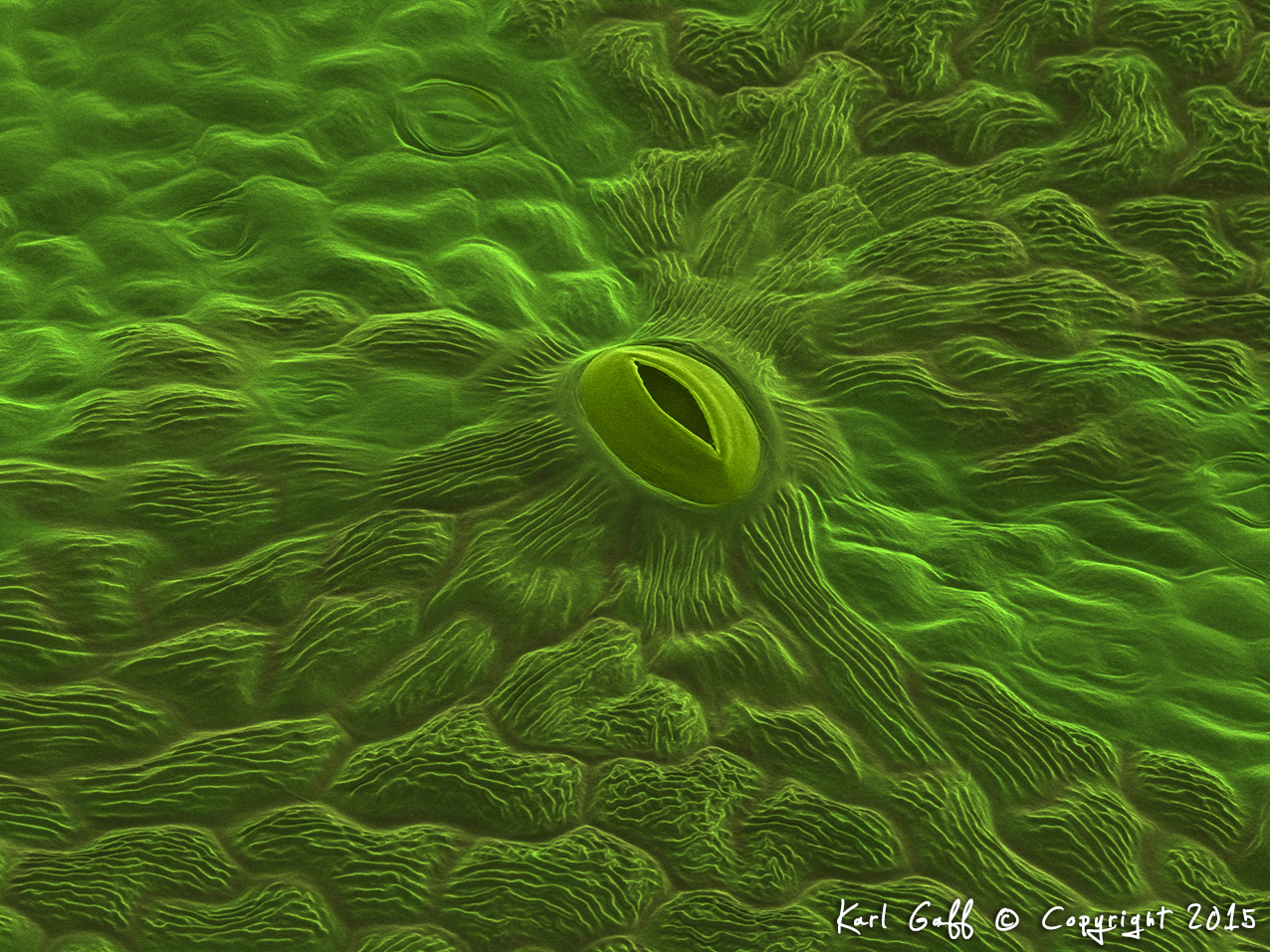We know the microscope as a work-horse of the lab environment. However, for a large part of its history, the microscope was considered a toy or a decorative novelty. People were, of course, making serious scientific discoveries, but the microscope as a curiosity has sustained.
The history of the fun microscope dates back to the microscopes very beginnings. The microscope has always had a market for the novelty user. Cheaper versions of working models have always been made – for example in the late 18th century, German toy-makers produced a wood and cardboard version of the popular Culpeper microscope. Toy microscopes deserve an article all of their own and we will explore them at another time.
The novelty microscope is distinct from the toy microscope in that it does not look like a real microscope. Usually, they are actually loupes masquerading as microscopes. To be technical about it, a loupe is a single high-magnification lens; a magnifying glass is a single lens of low to medium magnification; and a microscope has several lenses and a range of magnifications. The novelty microscope is also often marketed to adults – the stocking filler that is destined to live in the junk drawer of your house that you excitedly rediscover every time you’re looking for batteries or swear that it’s time to ‘clear out that drawer’.
Below are a few samples of the novelty microscope from my own collection, just to show to range of designs that they come in.
The 19th century imitator from Japan

This Electric Microscope by Prince from Japan is a is a clear imitator of the 19th century simple microscope. The magnification is about 5x and it is made from a single biconvex lens (curving outwards on both sides). It is powered by a single AA battery and the light source comes from the handle. The user approaches the sample closely with the lens held to the eye, much like a loupe. Unfortunately, the bulb has burnt out and there is some corrosion on the battery contact, so I have been unable to get it to work. However, the bulb appears to be a small tungsten style would suggest to me that it will be slightly yellow in colour. In good ambient light the sample can be seen quite clearly but there is a small field of view (approx 1cm across).
The 1950’s ‘serious’ toy

More microscope-esque in its design is the ‘Pocket Folding Microscope’ made by P.A.Permuta Plastics in the UK. It is marketed as being “not a toy but a scientific instrument”. This lovely 1950’s piece indeed fits in your pocket and unfolds to give the user a miniature upright microscope. The focus is done by simply turning the eyepiece up or down. Magnification is 16x and the light is provided by reflecting ambient light on a silvered piece of plastic. The light will take on the colour of the amient light, and is best used in a bright environment. The design is quite clever. There is a slot at the front that provides storage for a single glass slide. The slide is then held in place by the two springs. The image is not very good and it only has a single lens – it is, however, a pleasure to play with.
The modern mini machine

This was given to me as a joke Christmas gift from a work colleague. The joke was on him because I was still just as excited by this as by any other microscope. This has been christened my ‘bag microscope’ and I carry it with me for science emergencies. We have yet, of course, to qualify what a science emergency actually is. The magnification on this is an impressive 45x. The light is LED and the image is surprisingly good for something that cost less than €5! Contemporary novelty microscopes, like their working cousins, have adopted LED lighting. LEDs are long living, energy efficient and non-heating. Qualities that lend well to something that is going to be switched on and off at a moment’s notice, and then thrown into a bag or a drawer straight afterwards.
What’s the appeal?
So what is it about the novelty microscope that endures and why do people genuinely get excited to see one? The answer, I think, is simple curiosity. The goal of novelty microscopes is purely to give the user an effort-free glimpse into the microcosmos.
The novelty microscope has diversified more than the working microscope. You find much more variation in the design of the novelty microscopes because they are less result orientated and more interaction orientated. It is the user experience that is the appeal.
Modern digital microscopes have the advantage that they do not require glass slides for samples. The light comes from above, which means that sample thickness and staining are not concerns. You simply switch on the light and press the microscope to the object being viewed.
Digital novelties have a surprisingly good image but they are usually limited to one (maybe two) magnifications. This makes them no less interesting and fun to use though. The users these are aimed at don’t care about image capture or chromatic aberrations – these are purely for fun. I have even seen some models that are a microscope and telescope combined. This makes perfect sense of course, as the microscope and telescope are based on the same technology,they just point in different directions.
A great advantage of novelty microscopes is that if you are curious, you can pick up one of these for pocket change. The first thing people usually look at is the skin on their hand – much to their delight and disgust – with the exclamation “ugh, look at this!!”. If you get bored or the microscope gets abandoned to the junk drawer there is little loss. There is always much to gain, however, and a peek into the micro world is always worth something.



